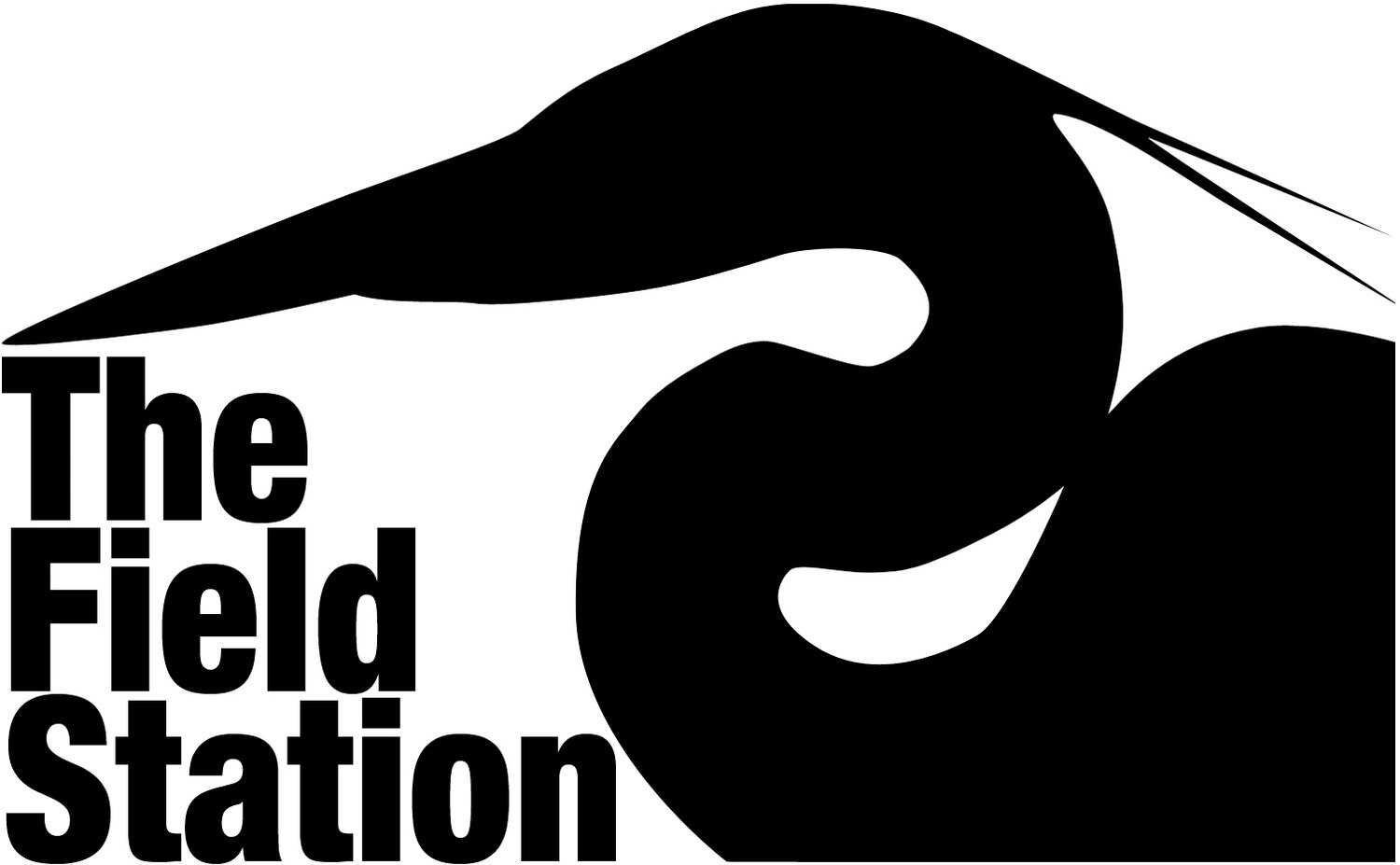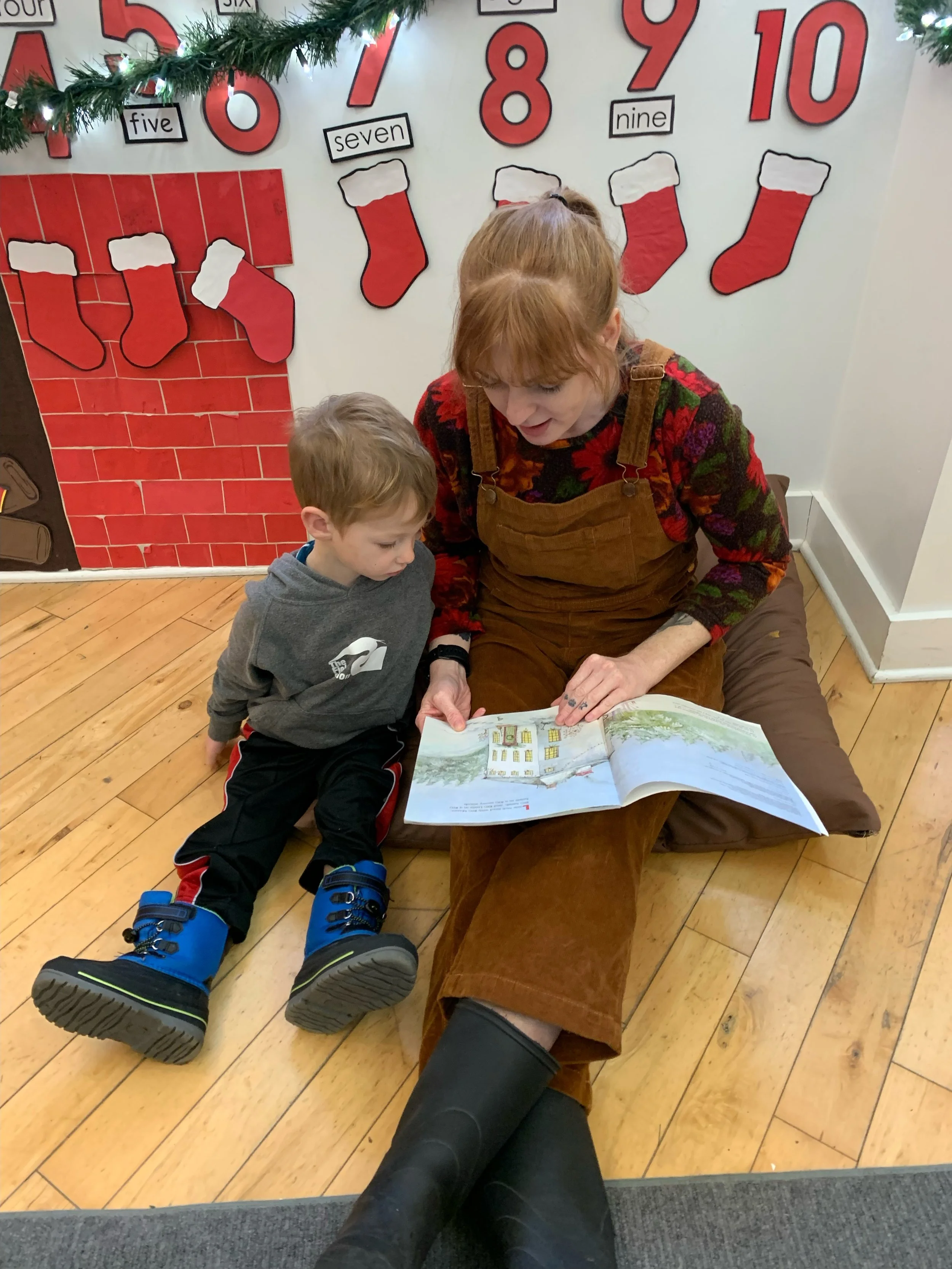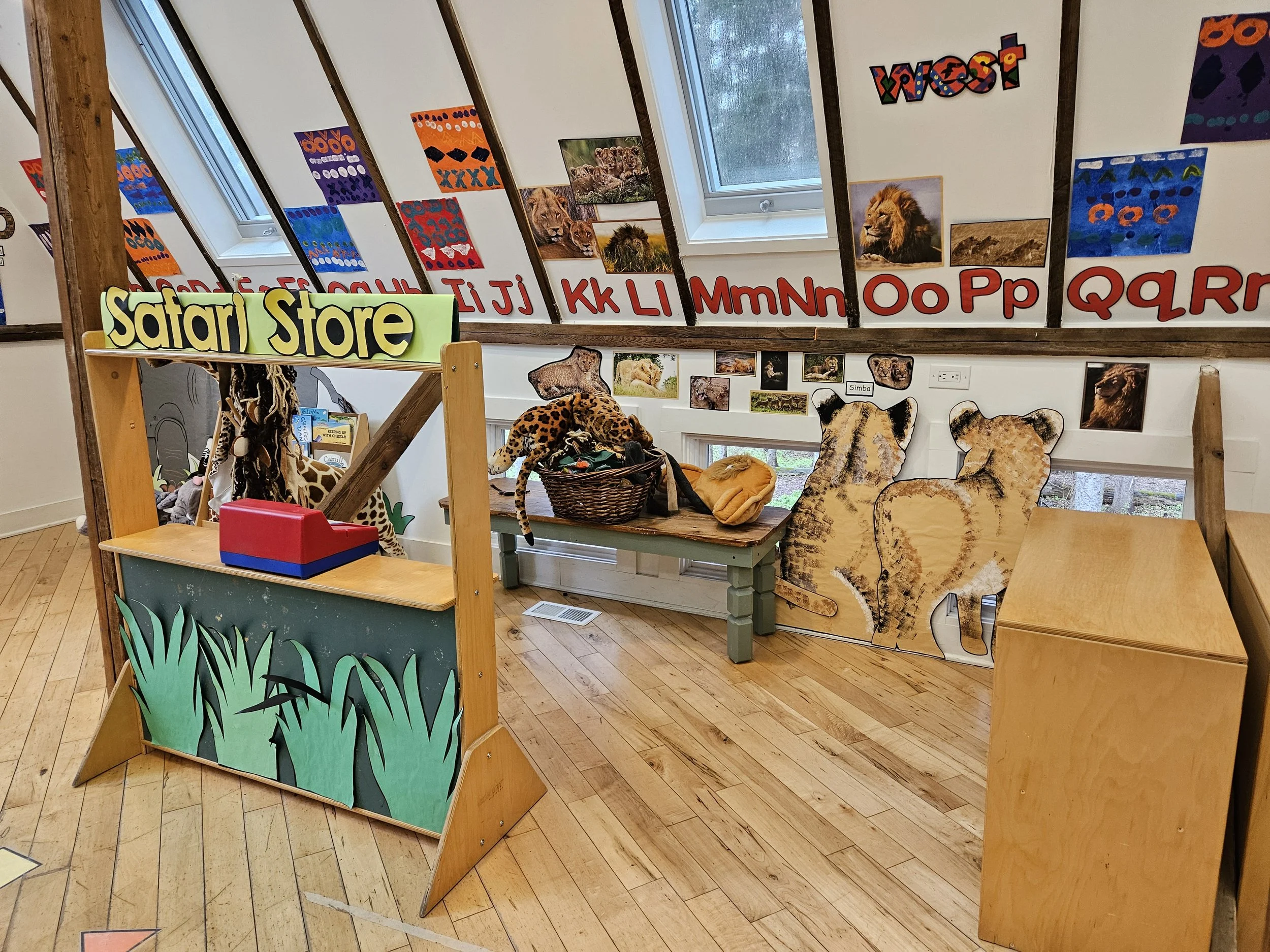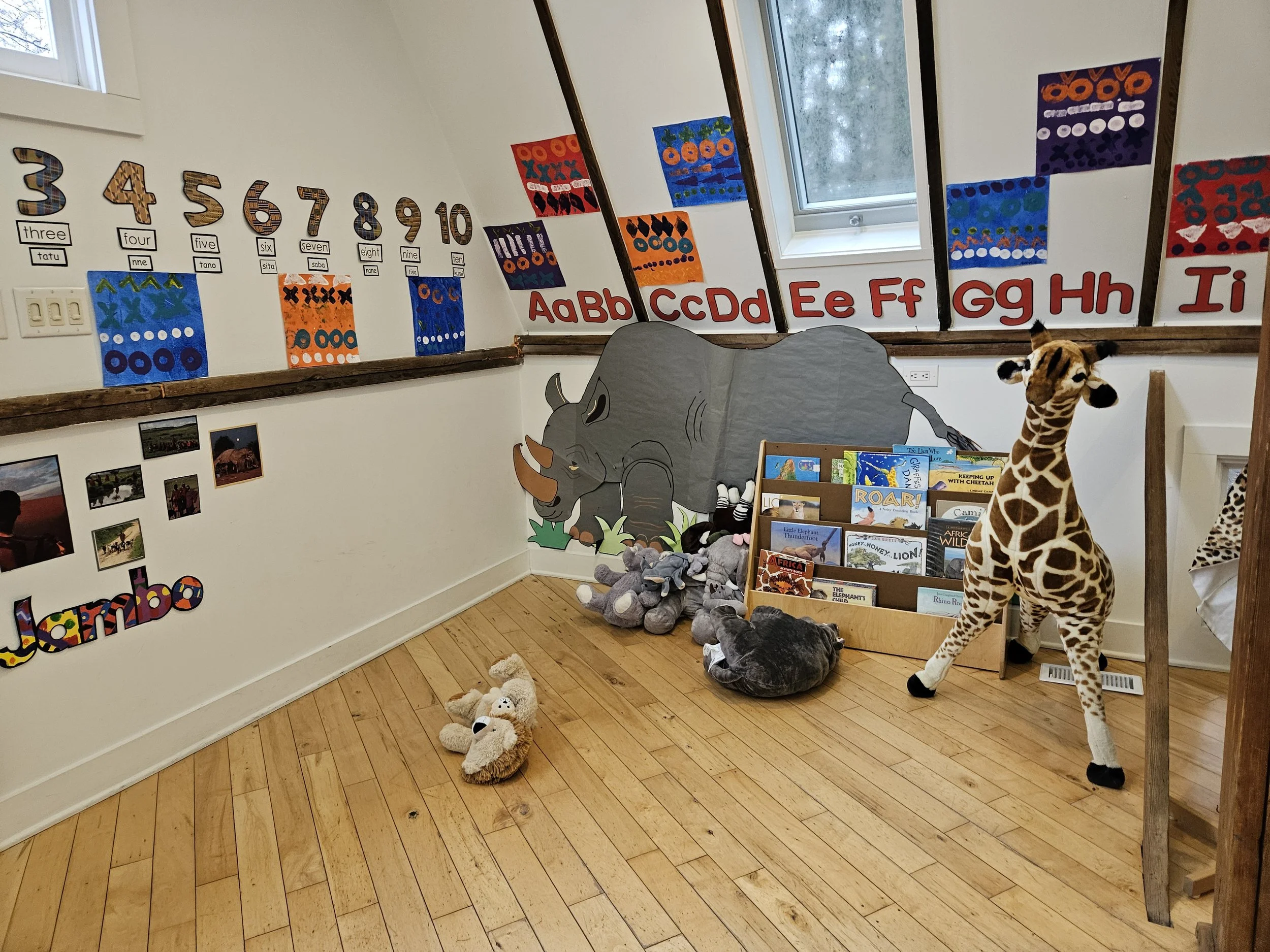Curriculum at Field Station
Field Station Cooperative offers sustainable preschool programs promoting environmental education that develops in our students a love of learning, critical and independent thinking, creativity and imagination, social skills, improved self confidence and self esteem, and the long range goal of environmental consciousness and respect for their natural surroundings. The curriculum includes all pre-reading and math skills appropriate for the pre-kindergarten age group.
Educational Units
All units are built on developing a sense of place. All units address themes of adaptations, habitats, and relationships (interdependence) of all living things in the environment and make comparisons to the habitats around us in the Indiana Dunes. We even find connections back through time (Dinosaur Unit) and out into our galaxy (Space Unit).
Exploring Our Environment (Habitats of the Dunes)
An introductory unit that sets the stage for a year of exploration and investigation. This unit stresses using the five senses to enhance observation skills. While investigating the plant and animal life from beach to woodland dune and inter-dunal wetlands, the children build an understanding of what a habitat is and what it must provide.
Colors
We explore and experiment with shapes and the colors of the rainbow. How do colors mix together? Where can we find colors and different shades of colors in the habitats around us?
Nocturnal Animals
A look at birds and mammals that are active in our forests during the night. We discuss how these creatures fill a particular niche in the environment and compare and contrast their lifestyles. There is a night hike (3 day classes only) during this unit which includes students, parents and families.
Native American Cultures (5 day only)
An imaginary tour of Native American cultures around our country, emphasizing how all lived in harmony with Nature. The unit shows how each group had a lifestyle that was adapted to be in tune with its environment and to respect the gifts of Nature but not overuse them. There is a field trip to the Indiana Dunes National Park Bailly Homestead.
Getting Ready for Winter
A look at the changing seasons and how animals prepare for the coming winter (migration, hibernation, adaptation).
Swedish Holiday
We travel to Sweden and their holiday season traditions. Music, singing and dancing is a large part of this unit. Connect back to the history of our school buildings and local area of the National Park where there was a Swedish settlement.
Holidays Around the World-(5 day only)
The Nutcracker - Music, singing, and dancing. Introduction to ballet and the stories of the Nutcracker along with other winter holiday traditions.
Habitat Units
Oceans
An investigation of habitats under the sea, with a look at the abundance of life that exists there. The unit also includes learning about salt water and ocean currents. There is an emphasis of the role that oceans play in life on our planet and the need to learn how to better care for our seas and the life in them.
Rainforests
Discovering the incredible diversity of life in our world’s rain forests. Learning why it is important to preserve both the plant and animal life in the rain forest and instilling in the students the idea that, even given the current rate of destruction, they can make a difference. Discovering the incredible diversity of life in our world’s rain forests. Learning why it is important to preserve both the plant and animal life in the rain forest and instilling in the students the idea that, even given the current rate of destruction, they can make a difference.
Space
We learn about our place in space as astronauts exploring our solar system and the Milky Way beyond. What are the planets of our solar system? How do they compare to Earth? What are we seeing when we look up in the night sky?
Wetlands
Exploring our local wetlands to better understand the plants and animals that exist in this habitat through hands-on experiences and observations. A main goal of this unit is to develop an understanding of the ways in which wetlands help us. There have been Frog Walks, led by the National Park interpretive staff, at which parents are included.
Africa/Savannas
A visit to the grasslands of Africa to learn about the animals and birds that inhabit this region. This unit has a large music, singing and dancing component. We study plants and animals of African habitats, animal adaptations from reptiles to mammals to birds, endangered animals and discuss habitat preservation.
The Arctic Regions
A look at the polar regions of our planet and the plants and animals that live in this harsh environment with a special emphasis on how animals have adapted to succeed.
Australia
The adaptations of the plants and animals found only in Australia.
Deserts
We visit the desert and learn about its plants and animals and compare desert habitat to other habitats around us (deciduous forest, prairie, wetland). Music, singing and dancing is a large part of this unit.
Animal Family Units
Birds
Investigating Earth’s birds: learning what makes a bird a bird. Developing an appreciation of the role of birds on our planet and the importance of birds as indicators of a healthy environment.
Dinosaurs
As paleontologists, we travel back in time to experience the landscapes, volcanic eruptions and diverse dinosaur life from carnivores to herbivores, flyers and swimmers, large to small, four legs and two legs. What adaptations did dinosaurs have to survive in their environments? Which dinosaurs are extinct and where are the living dinosaurs today? There is also a 3 day class only night hike in this unit.
Insects
An exploration into the world of insects. Goals of this unit include building positive attitudes toward insects and developing an interest in insect life cycles and behavior. Habitats, camouflage and social behavior are a few of the topics covered while observing insects.








